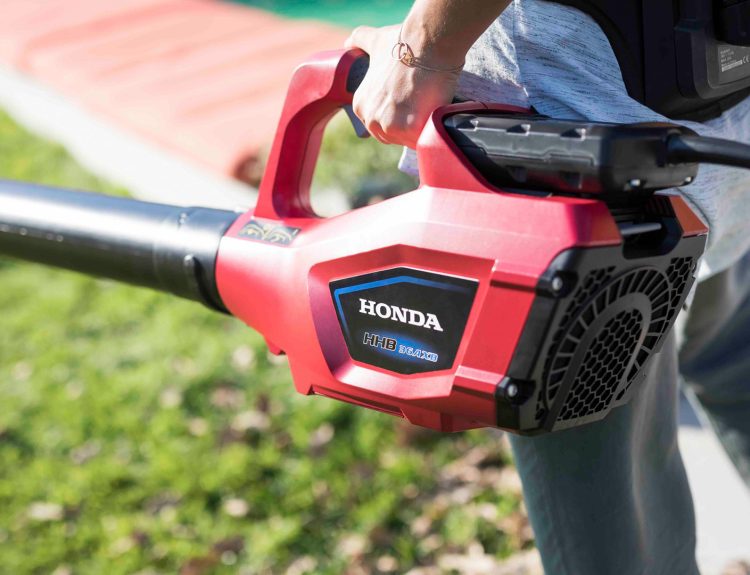Cleaning is a nice way of keeping a conducive space. However, when done correctly, it rids your place of health concerns. Are you a tidy enthusiast? Here is what to know: While you battle the clutter and scrub the stains, a few more recommendations could keep your space entirely germ-free.

Curious about what to do differently? Quite understandable! Follow through as we break down the do’s and don’ts of decluttering according to scientific rationale. After all, who knew cleaning could come with a side of sniffles? It’s about time to start cleaning smarter, not harder.
You’re Making Dirty Areas Your First Priority
When armed with cleaning supplies, it’s often common to swing into action by tackling the dirtiest corners first. It seems counterintuitive, right? Well, it turns out that starting with these areas might be a germ-loaded gamble. Why? Picture wiping down dusty surfaces only to have the airborne particles settle on your already-scrubbed countertops.

Smart cleaning is as strategic as chess. Begin with the cleaner zones, and gradually advance to the grimiest territories. Resist the urge to jump headfirst into the filthiest battle zone. Strategize your spring cleaning for a healthier, happier home. It’s a chessboard, not a battlefield, after all!
Stirring Up Dust
One common cleaning misstep is unwittingly stirring up dust as you declutter. Aggressive sweeping, shaking of rugs, or even overzealous dusting can turn your well-intentioned act into a respiratory frenzy. Instead of banishing dust, you end up inviting it to linger in the air, ready to settle on every surface.

To avoid this airborne disaster, opt for microfiber cloths and damp mops that trap dust. Take a deep breath, and ensure that your spring cleaning doesn’t inadvertently transform your home into a dust storm.
You Exclude Vital Contact Points
When it concerns the often neglected points of contact, think of doorknobs, light switches, and remote controls. Focusing solely on visible surfaces might leave these areas teeming with microbes. To truly sanitize your space, incorporate these easy-to-forget touchpoints into your cleaning routine.

A quick wipe with disinfectant can go a long way in preventing the spread of illness and ensuring your home is a safe haven. Don’t skip the small stuff. Address those high-contact spots to give your cleaning efforts a thorough and health-conscious edge.
Using The Same Sponge For Multiple Tasks
If you’re guilty of this, now is the time to hold off on this one-size-fits-all approach. Your trusty sponge may have triumphed over kitchen spills. However, employing it on bathroom surfaces or your cutting board invites a hygiene hazard. Cross-contamination becomes a silent culprit when we blur the lines between cleaning zones.
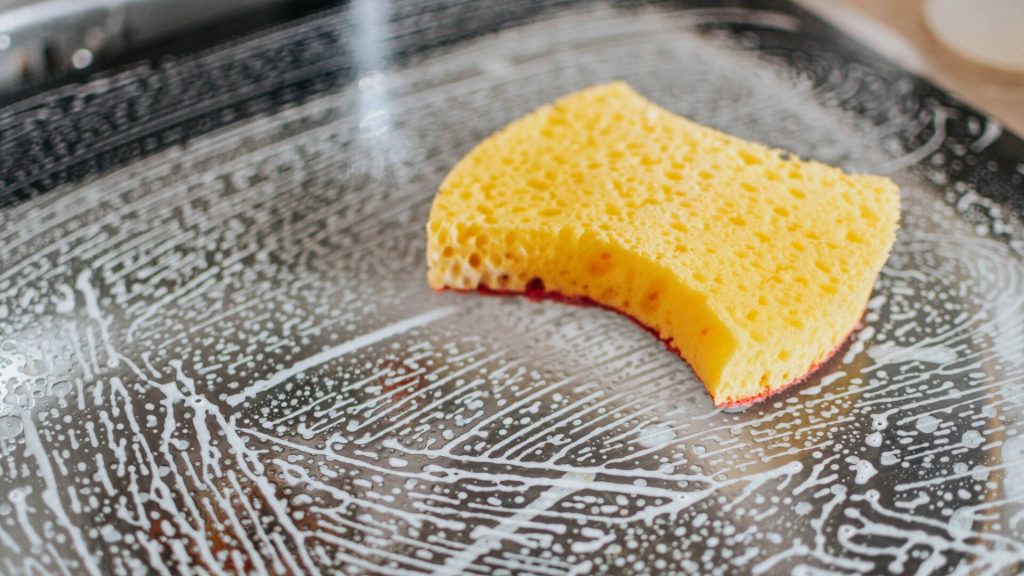
To combat this, designate specific sponges for different areas. One for the kitchen, another for the bathroom. It’s a simple switch that ensures you’re not transferring bacteria from one room to another. Keep them clean, and separate, and let these sponges specialize for the sake of efficient cleaning.
You Use Harsh Cleaners
Harsh cleaners might seem a more effective solution against grime, but this is a common cleaning mistake with potential health repercussions. Aggressive chemicals can irritate your skin, eyes, and respiratory system, turning your cleaning mission into an unintended assault on your well-being. Opt for gentler, eco-friendly alternatives to avoid unnecessary chemical dangers.

Mild solutions like vinegar, baking soda, or plant-based cleaners can still pack a punch without leaving behind a toxic trail. Your home can be spotless without compromising your health. So, ditch the heavy artillery, embrace the green clean, and let your spring cleaning be a breath of fresh air.
You Use Fragrant Cleaners
Using fragranced cleaners might seem like a shortcut to a nice-smelling home. But for many, it’s a pitfall that can trigger breathing woes. The chemicals responsible for that artificial scent can aggravate allergies and sensitivities, leaving you with more than just a sparkling space.
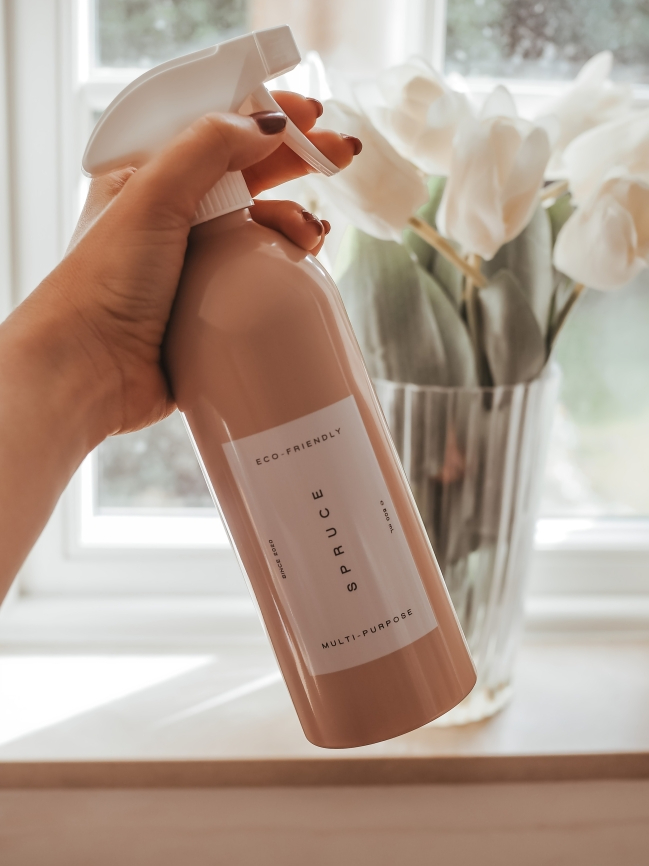
Naturally scented cleaners are recommended substitutes. Clean air is as vital as a clean space. So, prioritize your health by letting the natural freshness of a clean home shine through without the overpowering perfume. Your lungs will thank you for the pristine air.
You Mix Ammonia With Bleach
It’s a golden rule: Never mix bleach and ammonia cleaners. This combination produces toxic chloramine vapors, which can cause respiratory distress, eye irritation, and, in extreme cases, be life-threatening.
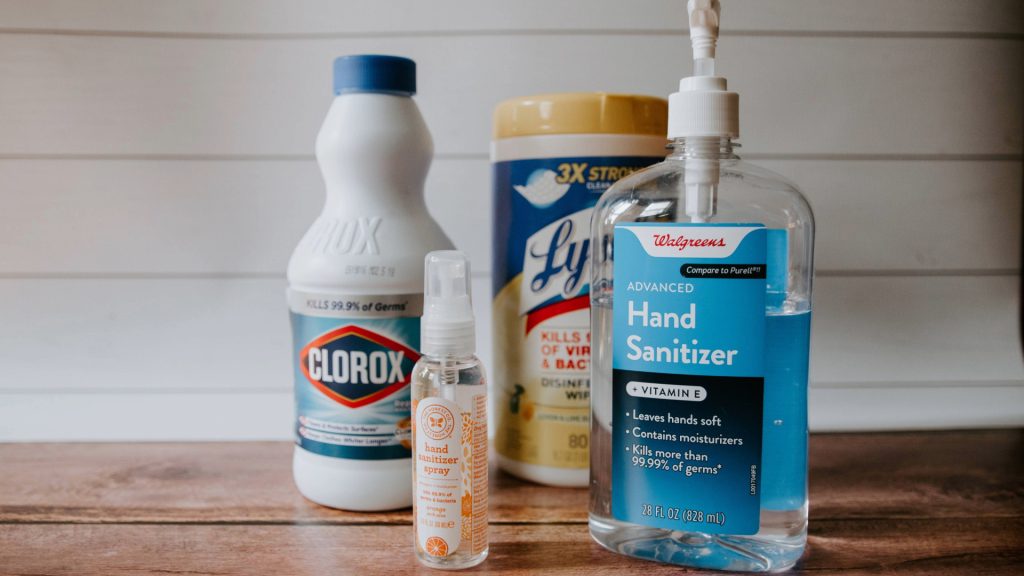
It’s essential to remember that more isn’t always better when it comes to cleaning agents. Keep bleach and ammonia far apart in your cleaning collection, using them in separate tasks and well-ventilated areas.
You Keep Moving Dirt Around Surfaces
Another cleaning blunder is the illusion of cleanliness when just moving dirt around. Experts advise cleaning surfaces in a zigzag pattern instead of a circular manner.
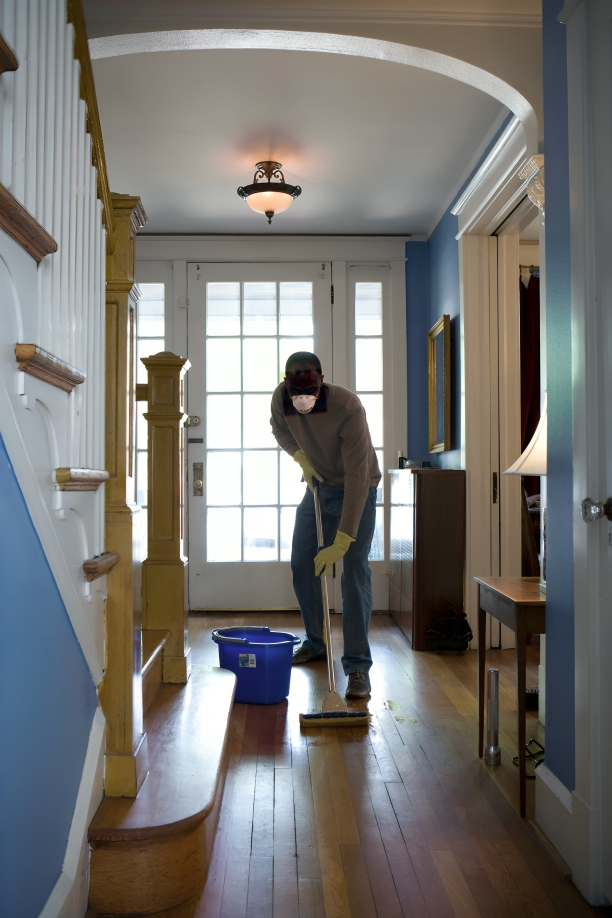
Using efficient tools like vacuum cleaners with HEPA filters that trap particles rather than redistribute them is also helpful.
You Don’t Air Out Enough
Without proper ventilation, your efforts might create a sealed environment, potentially trapping allergens and irritants. While diligently scrubbing surfaces, it’s easy to forget that fresh air is a powerful ally in combating indoor pollutants.

Opening windows and doors allows stagnant air, along with accumulated cleaning fumes, to exit. Don’t suffocate your space in a bubble of airtight cleanliness.
You’re Impatient With Product Use
The phrase “Patience is a virtue” also applies to cleaning. Not letting cleaning products sit is a common oversight that can compromise their effectiveness.
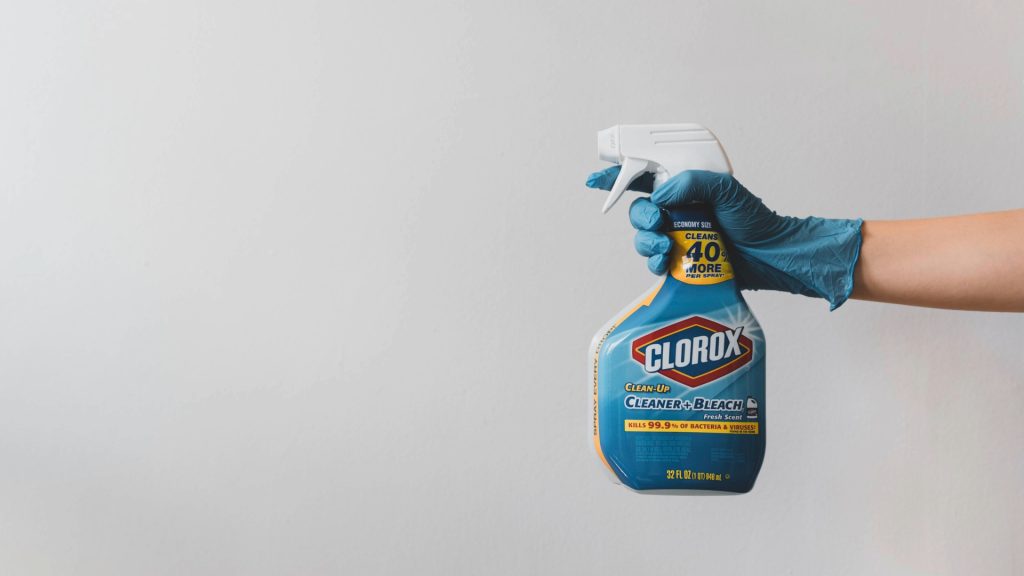
Many disinfectants require a period during which they must remain in contact with a surface to effectively kill germs. Rushing through the process might leave behind a false sense of cleanliness.
You Don’t Clean The Natural Way
Embracing the power of nature cannot be overemphasized in your cleaning escapade. Chemical cleaners may promise a spotless home, but opting for natural alternatives like vinegar, baking soda, and essential oils can be equally effective.
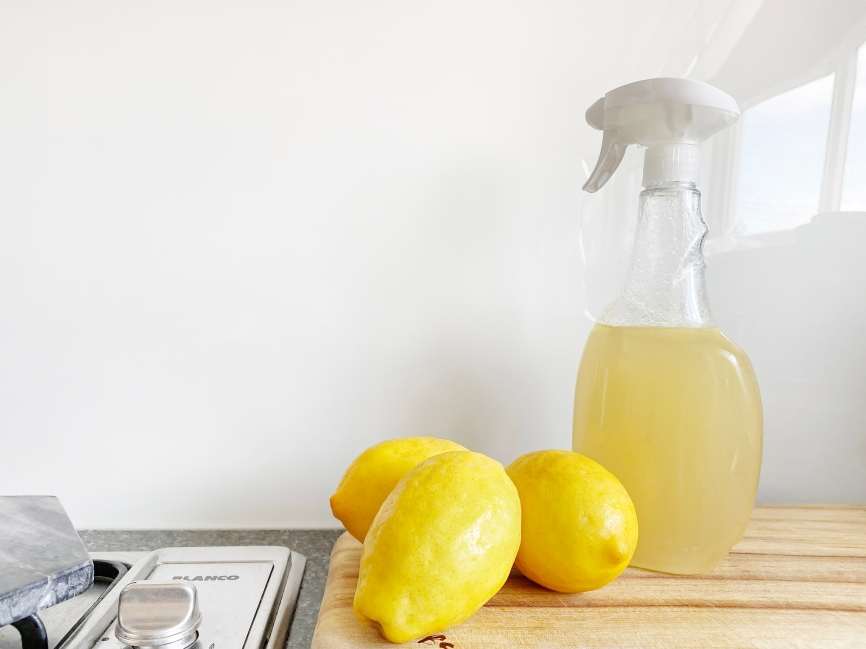
Harness the cleaning prowess of these eco-friendly options to scrub, sanitize, and deodorize. Put away the chemical arsenal now and let your spring cleaning be a harmonious dance with the natural elements.
Assuming All Your Cleaning Products Are “Green”
Hold up with the eco-friendly illusion! Some products labeled as environmentally friendly may still harbor hidden chemicals. Don’t fall for the marketing trap. Instead, scrutinize ingredient lists and certifications to ensure authenticity.
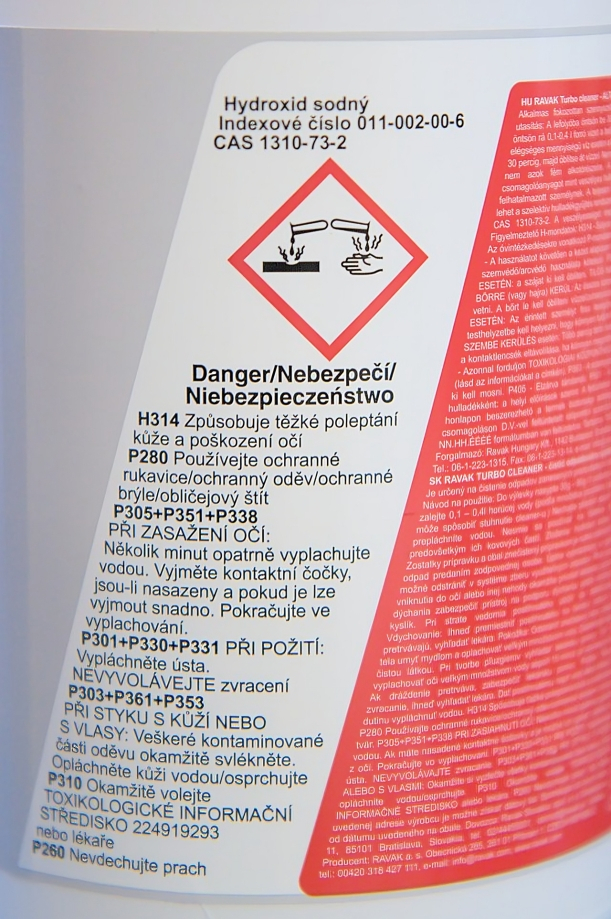
True green cleaners boast plant-based, biodegradable ingredients, minimizing their impact on both your health and the environment. It’s not just about the label. It’s about making genuinely green choices.
You Don’t Dress Up For The Job
Neglecting your protective gear could expose you to dust, allergens, and cleaning chemicals. Safeguarding yourself with gloves, masks, and even goggles is essential.
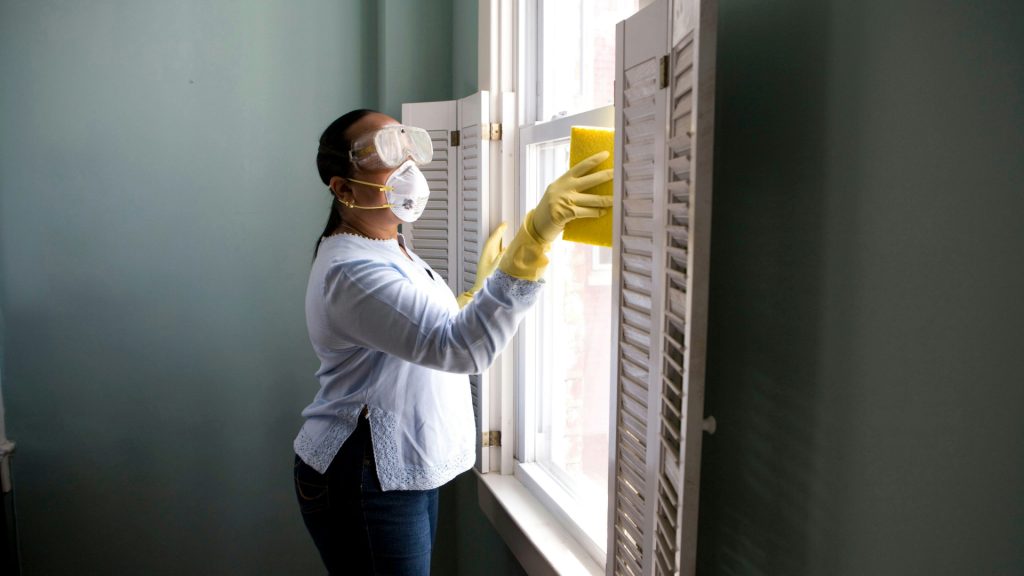
Skin irritations, respiratory issues, or accidental splashes are risks when we dive into cleaning tasks unprotected. After all, a thorough spring cleaning is about nurturing your living space and yourself.
Ditching Instructions
Don’t go rogue with your cleaning aspirations. Not heeding product instructions is a misstep that can compromise both effectiveness and safety. Whether it’s the dwell time for disinfectants or dilution ratios for concentrated cleaners, precise instructions matter.
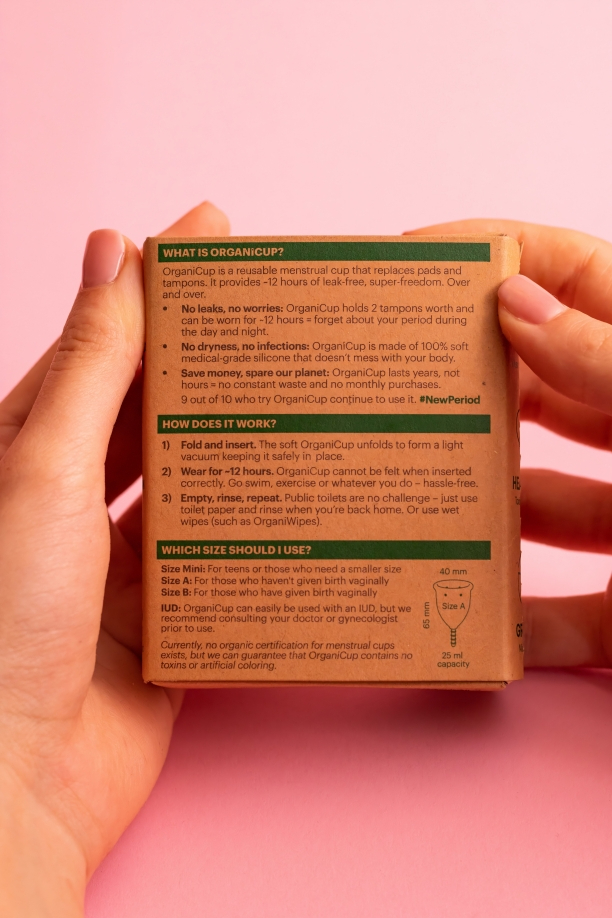
Skipping steps or misusing products may result in incomplete cleaning or unintended chemical reactions. It’s not just a rulebook; it’s a guide to maximizing a product’s potential.
You Overdo It
Don’t let spring cleaning become a workout without a warm-up. Vigorous scrubbing, lifting heavy objects, or prolonged cleaning sessions without breaks may put a strain on muscles and joints.
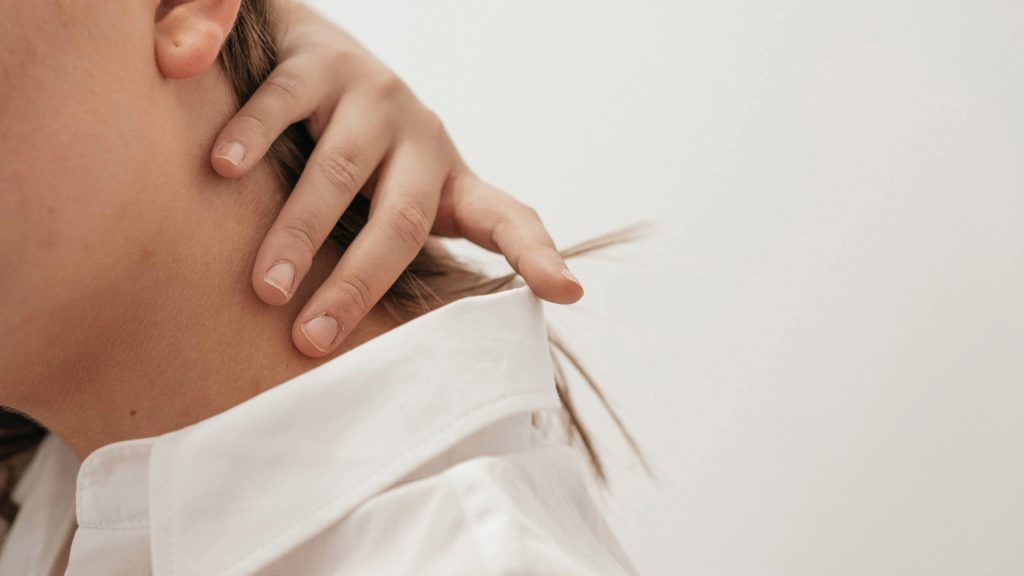
Remember, you’re not preparing for a cleaning Olympics. Pace yourself, take regular breaks, and incorporate stretching to prevent the physical toll. Your goal is a clean, healthy home, not a trip to the chiropractor.
Bringing It Home
A sparkling home isn’t about cleanliness alone. It’s a reflection of a smart and health-conscious routine. The laudable blend between safety and savvy.

So, as spring approaches, wade through your cleaning endeavors with wisdom, ensuring your home shines brightly without compromising the well-being of its caretaker, you!




